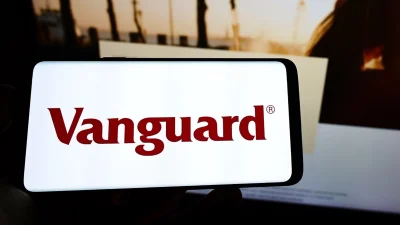IIG launches impact fund


Impact Investment Group (IIG) has launched a $70 million Impact Alternatives investment fund, designed to balance profit and purpose with socially-conscious investment.
The Australian impact investment market was valued at almost $20 billion, according to the Responsible Investment Institute Australasia (RIAA), and IIG said it had seen client demand for this type of fund.
The fund would be a diversified portfolio of impact investments with a return target of 6% to 10% per annum and an income yield objective of 3% to 5% per annum, distributed quarterly.
It would target a low correlation to equities, bonds and property by including a mix of investments such as renewable energy, infrastructure and impact private equity.
The first early investment deals were expected to be made before the end of 2020.
IIG chief executive and co-fund manager, Daniel Madhavan, said: “Investors want social and environmental benefits alongside attractive returns, and smart advisors are looking for ways to diversify portfolios away from public equities and bonds. This fund ticks both of those boxes.
“We want to show that finance can be a force for good and we work in the context of broader visions. We see a future where energy is 100% renewable, affordable and universally accessible. Vibrant businesses can grow while respecting the earth and contributing to our society.”
Recommended for you
Global X has painted a worrying picture for active ETFs in Australia, with investor adoption proving uneven and the popularity of its low-cost index counterparts only growing stronger.
Australian equity ETFs attracted record inflows of $3.2 billion in 1Q25, while heightened volatility led to a decline in flows for global equity ETFs, according to Vanguard.
The failure of a clinical trial by biotech firm Opthea has caused shares in its backer Regal Partners to decline 52 per cent year-to-date and hit its funds under management, quarterly flows show.
GQG Partners has revealed its quarterly flows for the first three months of 2025 were up 5.8 per cent, after a difficult final quarter of 2024 as a result of institutional redemptions.















